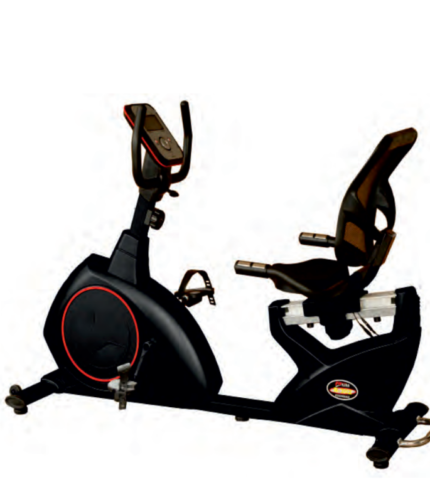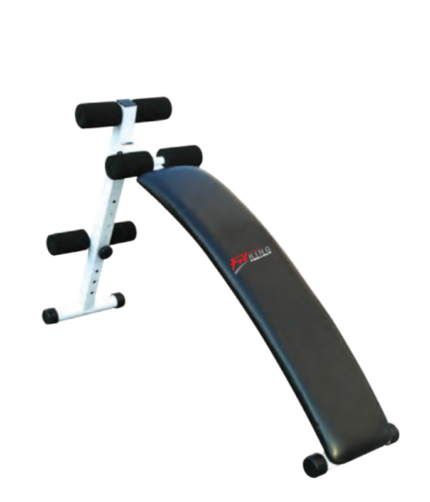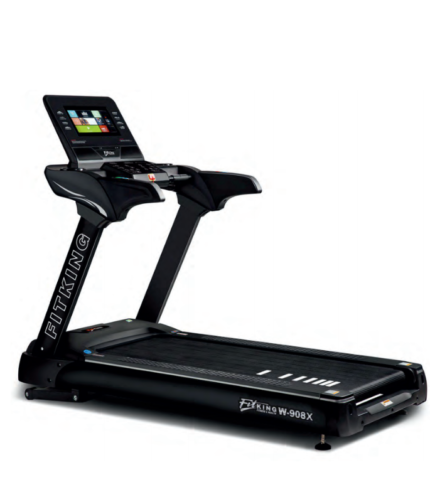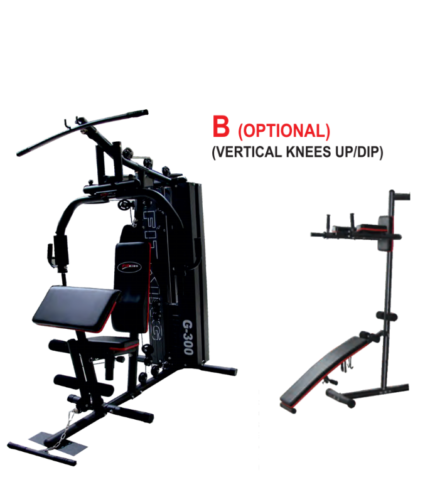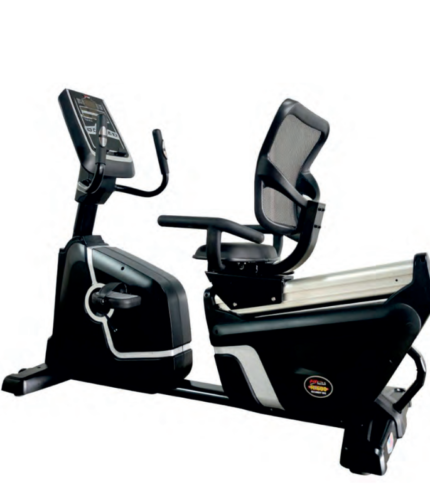Investing in quality fitness equipment is a critical component of establishing a successful gym. The right equipment not only enhances the member experience but also ensures safety, durability, and long-term cost-effectiveness. In this blog, we will explore how to select durable fitness equipment for your gym, focusing on key considerations, recent trends, and opportunities that resonate with today’s fitness enthusiasts.
The Importance of Quality Fitness Equipment
Quality fitness equipment is the backbone of any gym. It directly impacts member satisfaction and retention. Here are several reasons why investing in durable equipment is essential:
- Safety: High-quality equipment minimizes the risk of accidents and injuries. Well-constructed machines are less likely to malfunction or break down during use.
- Durability: Durable equipment withstands the wear and tear of daily use, reducing the need for frequent repairs or replacements.
- Member Experience: Quality equipment enhances the overall workout experience, leading to higher satisfaction rates among members.
- Cost-Effectiveness: While high-quality equipment may have a higher initial cost, it often proves more economical in the long run due to reduced maintenance and replacement costs.
- Brand Reputation: Investing in quality reflects positively on your gym’s brand, attracting more members who value safety and professionalism.
Key Considerations for Selecting Durable Fitness Equipment
1. Material Quality
The materials used in fitness equipment play a significant role in its durability and performance. Look for:
- High-Grade Steel Frames: Equipment made from high-quality steel is typically more robust and stable than those made from lighter materials.
- Protective Coatings: Powder-coated finishes can prevent rust and corrosion, extending the lifespan of your equipment.
- Durable Upholstery: High-quality vinyl or leather upholstery can withstand wear from sweat and friction while maintaining comfort.
2. Stability and Safety Features
Safety should be a top priority when selecting gym equipment. Consider:
- Stability Tests: Ensure that the equipment has undergone stability testing to prevent tipping or tilting during use. Look for features like non-slip rubber feet and wide bases.
- Emergency Stop Features: Treadmills and other electronic devices should have easily accessible emergency stop buttons.
- Safety Locks and Covers: Equipment with safety locks prevents accidental use when not supervised, while protective covers can shield moving parts from user injury.
3. Ergonomics and Adjustability
Ergonomically designed equipment accommodates users of different sizes and abilities:
- Adjustable Components: Ensure that machines have adjustable seats, backrests, and handles to provide a comfortable fit for all users.
- Biomechanics Considerations: Equipment should be designed to promote proper form during exercises, reducing the risk of injury.
4. Testing Standards Compliance
Investing in equipment that meets industry standards ensures safety and reliability:
- ISO Standards: Look for equipment that complies with ISO 20957 standards for stationary strength training equipment. This includes tests for stability, loading capacity, endurance, and entrapment risks.
- Regular Maintenance Protocols: Choose manufacturers that provide clear maintenance guidelines to help keep equipment in optimal condition over time.
5. Brand Reputation and Warranty
Selecting reputable brands known for their quality can save you time and money:
- Research Manufacturers: Look for companies with a strong track record in producing durable fitness equipment.
- Warranty Offers: A robust warranty indicates confidence in product durability. Ensure that warranties cover parts and labor for an extended period.
Recent Trends Influencing Equipment Selection
As the fitness industry evolves, several trends are shaping how gym owners approach their equipment purchases:
1. Rise of Hybrid Fitness Solutions
The COVID-19 pandemic has accelerated the trend towards hybrid fitness solutions that combine in-person workouts with digital offerings. This shift means gyms must invest in versatile equipment that can support both traditional classes and virtual training sessions.
2. Focus on Functional Training
Functional training has gained popularity as more people seek workouts that improve everyday movements. Investing in functional training equipment like kettlebells, resistance bands, and suspension trainers can attract members interested in this training style.
3. Sustainable Fitness Equipment
With growing awareness of environmental issues, many consumers prefer gyms that prioritize sustainability. Look for manufacturers that use eco-friendly materials or sustainable production practices when selecting your equipment.
4. Technology Integration
The integration of technology into fitness routines is becoming increasingly prevalent. Many consumers now expect smart features in their workout equipment—such as performance tracking or connectivity with fitness apps—which can enhance engagement and motivation.
Practical Steps for Selecting Quality Fitness Equipment
1. Conduct Thorough Research
Before making any purchases, conduct extensive research on different types of fitness equipment available on the market:
- Read reviews from other gym owners about their experiences with specific brands.
- Attend trade shows or fitness expos to see new products firsthand.
- Consult industry publications or online forums to gather insights on emerging trends.
2. Test Equipment Before Purchase
Whenever possible, test the equipment before committing to a purchase:
- Visit showrooms or fitness expos where you can try out machines.
- Pay attention to how the equipment feels during use—check for stability, comfort, and ease of adjustment.
3. Compare Pricing vs. Quality
While it may be tempting to go for cheaper options, consider the long-term implications:
- Compare prices across different brands but prioritize quality over cost.
- Evaluate warranties offered by different manufacturers; sometimes paying slightly more upfront can save you significant repair costs later.
4. Plan Your Space Wisely
Consider how much space you have available when selecting your gym’s layout:
- Ensure there’s enough room between machines to allow safe movement during workouts.
- Think about flow—how members will navigate around the gym—and select compact or multifunctional machines where possible.
Conclusion
Investing in quality fitness equipment is vital for establishing a successful gym that meets the needs of its members while ensuring safety and durability. By focusing on material quality, stability features, ergonomic design, compliance with testing standards, brand reputation, and current industry trends, you can make informed decisions that enhance your gym’s appeal.
Incorporating recent trends such as hybrid solutions, functional training focus, sustainability practices, and technology integration will further position your gym as a modern facility that resonates with today’s health-conscious consumers.
Ultimately, selecting durable fitness equipment not only contributes to member satisfaction but also promotes long-term success by minimizing maintenance costs and maximizing user engagement—creating a thriving community centered around health and wellness at your gym.








